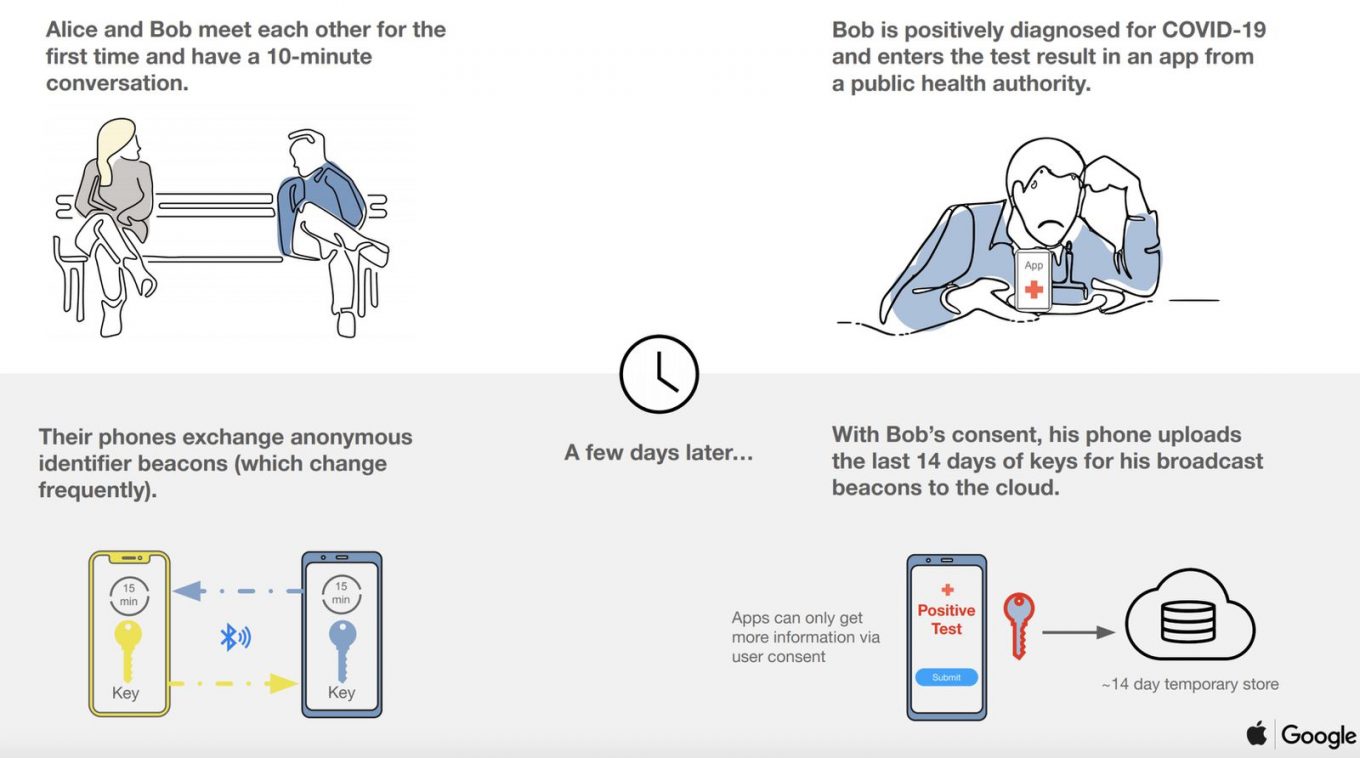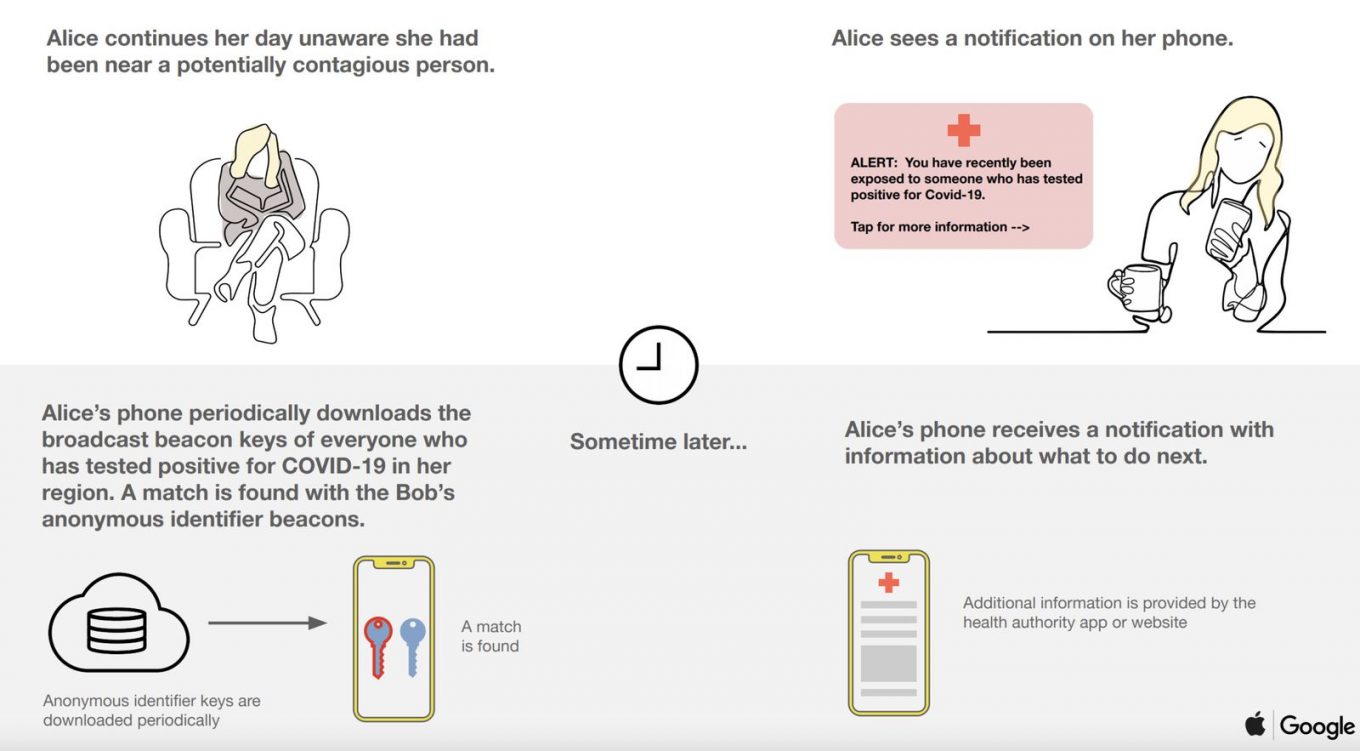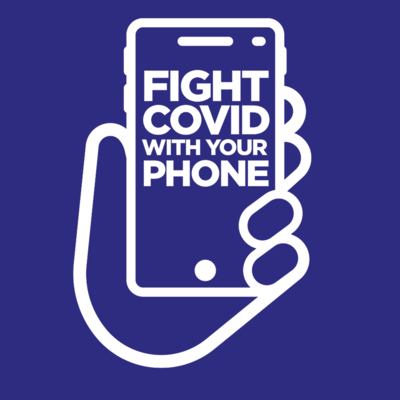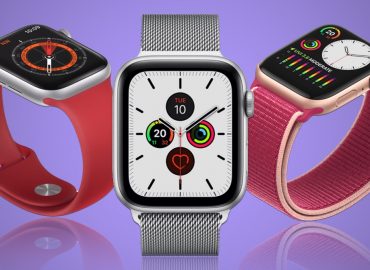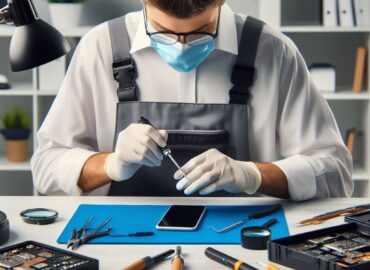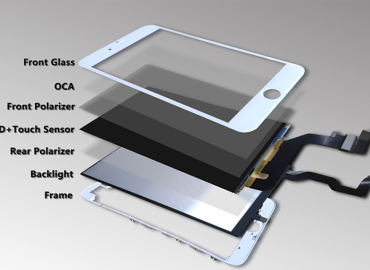How Smart phone can help to minimise the COVID transmission
Traditional methods of contact tracing are critical to containing the spread of infection. Technology can support and augment these efforts by allowing public health authorities to quickly notify people who may have been exposed to a person who has contracted COVID-19, including those the person might not know directly. This starts with Exposure Notifications on your smartphone. These will help your public health authority alert you if you’ve been exposed to COVID-19.
Apple in May 2020 introduced an Exposure Notification System, which lets public health authorities and governments worldwide help people figure out if they’ve been exposed to COVID-19, and if so, what steps to take next to minimize the spread of the virus.
How Exposure Notification Works
Almost everyone has a smartphone, which makes them ideal for determining who you’ve come in contact with. Exposure notification has a self-explanatory name, and in a nutshell, the feature is designed to send you a notification if you’ve been in proximity to a person who is diagnosed with COVID-19.
Here’s a detailed, step-by-step walkthrough on how it works:
- Two people, Ryan and Eric, are both at the same grocery store shopping for food on a Tuesday afternoon. Eric has an iPhone and Ryan has an Android phone, both with a health app that uses the exposure tracking API or the Express Exposure Notification feature.
- There’s a long wait, so Eric and Ryan are standing in the checkout line together for approximately 10 minutes. During this time, each of their phones is transmitting entirely anonymous identifier beacons, and picking up the identifier beacons transmitted by the other person. Their phones know they’ve been in contact and store that information on the device itself, transmitting it nowhere else.
- A week later, Ryan comes down with COVID-19 symptoms, sees a doctor, and is diagnosed with COVID-19. He opens up his Android phone, verifies his diagnosis using documentation from a healthcare provider, and taps a button that uploads his identifier beacon to a centralized cloud server.
- Later that day, Eric’s iPhone downloads a list of all recent beacons from people that have contracted COVID-19. Eric then receives a notification that he was in contact with someone that has COVID-19 because of his interaction with Ryan at the grocery store.
- Eric does not know it was Ryan who has COVID-19 because no personally identifiable information was collected, but the system knows Eric was exposed to COVID-19 for 10 minutes on Tuesday, and that he was standing close to the person who exposed him based on the Bluetooth signal strength between their two phones, allowing the app to provide the appropriate information.
- Eric follows the steps from his local public health authority on what to do after COVID-19 exposure.
- If Eric later comes down with COVID-19, he follows the same steps listed above to alert people he’s been in contact with, allowing everyone to better monitor for potential exposure.
Apple and Google also created a handy graphic that explains the process, which we’ve included below:
